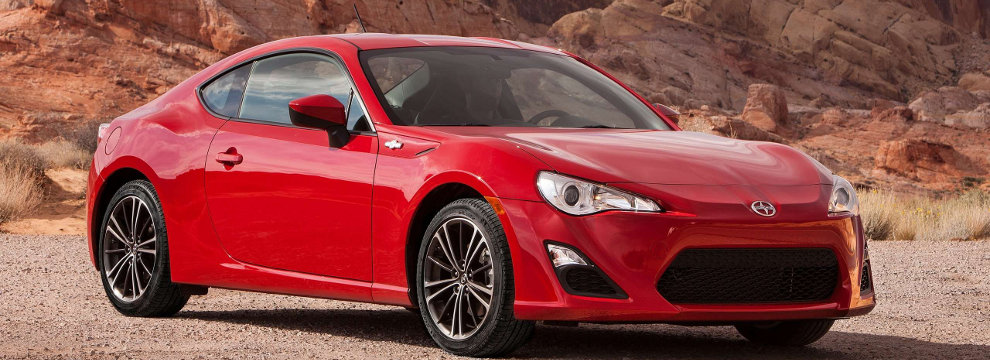
Replace Disc Brake Pads
If you hear a grinding noise or your vehicle does not have the stopping power it once had, it is wise to have your brakes inspected. Many repair facilities will do this "no charge," hoping of course that you will allow them to do the job. But since there is no obligation, you can have your brakes inspected, and perhaps repair them yourself, saving you money and time. Plus you will know that the job has been done correctly and you will know the quality of the materials.
Warning: Brake dust created by normal brake operation is harmful to your health. Never use compressed air to remove brake dust. Do not inhale any of it. Wear an approved air-filter mask when working on brakes. Use only brake system cleaner to clean brake parts. Never use petroleum-based solvents.
Warning: You must replace the disc brake pads on both front or both rear wheels at the same time. Never replace the pads on just one wheel.
Here are some simple instructions on how to replace your disc brake pads.
Note: these are general instructions. Consult a repair manual written specifically for your truck, car, SUV or van for the exact procedure.
Remove the cap on the brake fluid reservoir.
Loosen the lug nuts on the wheels. Raise the part of the vehicle you are working on and support it securely on jack stands. Block the wheels on the opposite end of the vehicle.
Remove the wheels. Work on one brake at a time; if you need a reference, you can use the still-assembled brake.
Inspect the brake thoroughly as described in your repair manual. If machining of the rotor is necessary, follow the instructions, at which time you can also remove the pads.
To provide room for the new pad, use a large "C" clamp to push the brake-caliper piston back into its bore. The brake fluid in the master cylinder may overflow after you depress the bore. To make sure it does not overflow, siphon off some of the fluid.
Use brake cleaner to clean the brakes before taking anything apart.
Remover the brake caliper anti-rattle clip. Remove the caliper-guide pin covers; unscrew the pins.
Remove the caliper and tie it to the coil spring with a piece of wire. Never allow the caliper to hang by the brake hose.
Unclip the inner pad from the piston. Remover the outer pad from the caliper mounting bracket.
Clip the new inner pad into the piston. Install the outer pad.
Place the caliper on the mounting bracket. Before re-installing the guide pins, clean them and apply a light coat of high-temperature grease. Torque down the guide pins according to specifications in your repair manual. Re-install the pin covers. Re-attach the anti-rattle clip.
After completing the job, firmly press the brake pedal a number of times to make sure the new pads contact the disc. Check brake fluid level; add if necessary. Make sure brakes operate properly before returning your vehicle to the road.











